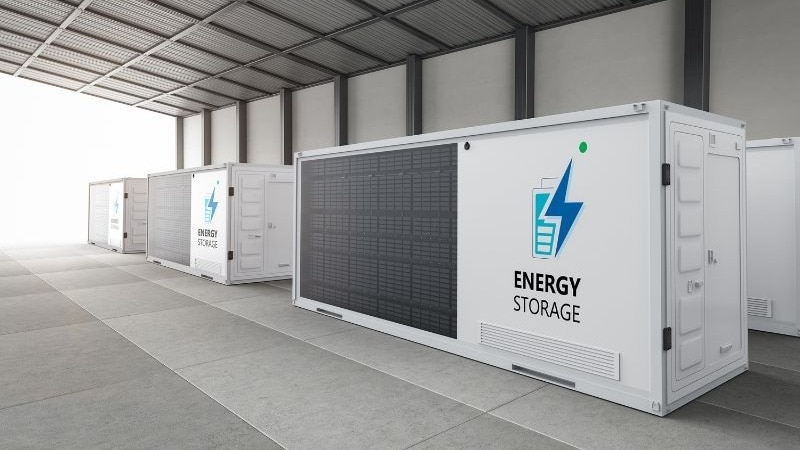Standalone Energy Storage Systems (Standalone ESS) tenders reached 6.1 gigawatts (GW), which accounted for 64% of all utility-scale energy storage tenders in the first quarter of 2025, according to a report.
“This capacity, issued across 11 tenders in just three months has already surpassed the total issuance in 2024. The Viability Gap Funding (VGF) scheme, which offers up to 30% support for capital expenditure of standalone Battery ESS (BESS) projects, has primarily driven this acceleration,” said the report by JMK Research.
It further says that this initiative has addressed declining battery costs while enhancing project viability. The VGF framework has also made projects more economically viable.
In recent auctions, BESS tenders in Maharashtra (August 2024, 300 megawatts (MW)) and Rajasthan (November 2024, 500MW) secured monthly tariffs as low as Rs219,001-221,100/MW, representing almost a 40% reduction compared to non-VGF projects with similar specifications.
Central and state agencies continue to play a crucial role in scaling deployment. NTPC leads the way, having issued six BESS tenders totalling 5.75GW since 2022. At the state level, Gujarat Urja Vikas Nigam Limited (GUVNL) and Maharashtra State Electricity Distribution Company Limited (MSEDCL) have further advanced adoption by issuing large-scale tenders tailored to their grid and reliability requirements.
India’s grid-scale Standalone ESS market is also witnessing a diversification of players, with both established power sector giants and new entrants actively participating.
Large independent power producers (IPPs) such as JSW Energy, Greenko, and Torrent Power are leveraging their experience to lead deployments. JSW Energy, for instance, has emerged as the market leader with nearly 2GW of awarded capacity.
At the same time, newer entrants such as Pace Digitek, Oriana Power, Kintech Synergy and Bondada Engineering are gaining ground in BESS-based tenders, expanding the market beyond traditional players.
As the country rapidly scales up variable renewable energy (VRE), Standalone ESS offers a dispatchable solution to address the intermittency of renewables, support grid stability, and optimise energy usage. Unlike VRE-paired ESS, which is typically owned or contracted by renewable energy developers to store and dispatch power to smoothen renewable integration, Standalone ESS functions as an independent asset.
Utilities, grid operators or third-party entities can own and deploy it flexibly to provide grid balancing, peak shaving and ancillary services, enabling storage to operate based on grid requirements rather than generator constraints.
Additionally, emerging business models such as Energy Storage as a Service (ESaaS) offer storage as a service rather than an owned asset, lowering the entry barrier for users through subscription-based or pay-per-use arrangements








